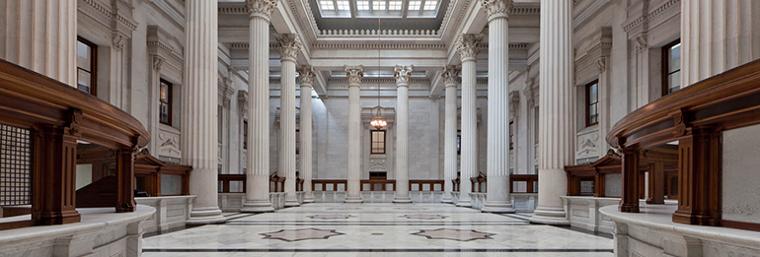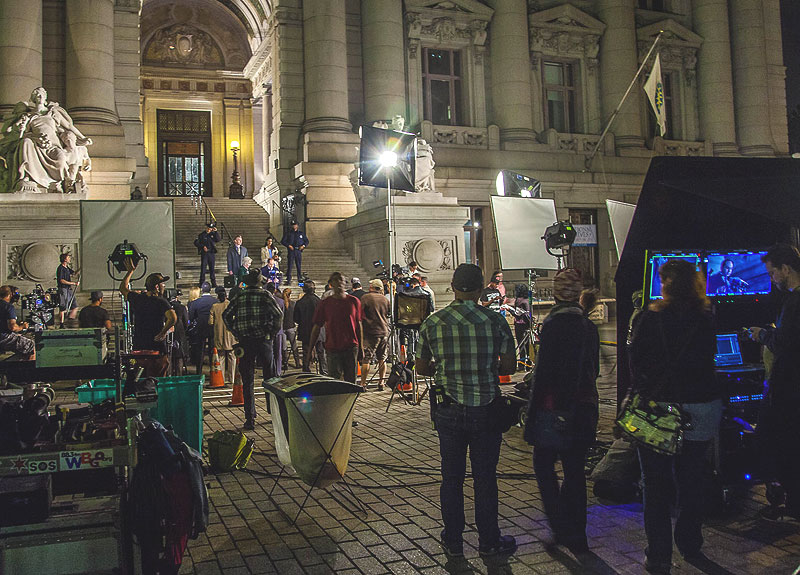Filming on Location

Marble Hall, US Custom House, New Orleans, Louisiana
The U.S. Custom House in New Orleans was featured in the 2015 film Trumbo.
GSA and the film industry
The GSA Center for Historic Buildings has developed a nationwide program to encourage the use of its historic buildings in film and television productions. The program's goal is to showcase and support this legacy by creating opportunities for the public to experience these buildings through film. All revenue earned through this program is reinvested in the historic inventory.
The process
The process is straightforward. First, contact the Regional Historic Preservation Office (RHPO) of the state in which the filming will take place. The RHPO will coordinate contact with the Building Managers to arrange for access to locations.
Once a location has been chosen, the production company submits a detailed proposal for filming to the RHPO. This proposal should include:
- Potential dates for filming
- Duration of the filming
- Areas of the building to be filmed
- Two letters of recommendation from other locations used by the production company
Once the proposal has been accepted, a Public Buildings Service (PBS) representative will arrange the necessary licenses, scheduling, and fee payment.
GSA has developed standard guidelines to ensure the protection of its historic buildings during production. Individual buildings may have additional special conditions. Please review the documents in the resources block to see a sample license and guidelines.
The program

Production crew filming on location at the Alexander Hamilton U.S. Custom House, New York NY.
Rationale and benefits: Filming and other special event space rentals help support federal preservation goals by generating revenue to keep historic federal buildings occupied, in good repair, and economically viable while contributing to their use and enjoyment by the public. Location fees support the care of this magnificent inventory of historic courthouses, custom houses, and federal buildings to reproduce historic light fixtures and other missing features, restore historic finishes such as woodwork and stone, and fund many other critical repairs and preservation efforts.
Background: The National Historic Preservation Act (NHPA) of 1966 calls on the federal government to take a leadership role in the preservation of its historic resources. The Public Buildings Cooperative Use Act encourages federal agencies to make public buildings more accessible by locating cultural, educational, recreation, and commercial activities in federal properties.
Section 111 of the NHPA allows agencies to lease space in federal historic buildings to non-federal tenants and reinvest the proceeds to support their preservation and use. Using these locations goes a long way in promoting, protecting, and preserving these national treasures.

 U.S. General Services Administration
U.S. General Services Administration

